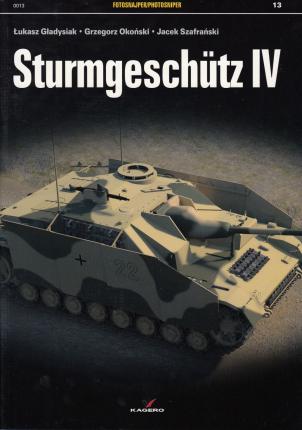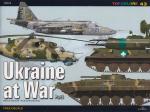The assault artillery (Sturmartillerie) was an important element of the German arsenal during World War II. Originally designed as an infantry support, it evolved into an independent branch the III Reich army. In this manner, in the second half of the last global conflict, particularly long-barreled Sturmgesch?tz variants become individual and very effective weapon not only for infantry support but also anti-tank combat.
Although produced only in the number of over one thousand Sturmgeschutz IV was in fact a vehicle developed besides the mainstream production, its implementing on the front line has placed a question of the advisability of further assembly previously used, classic German medium tanks, Panzerkampfwagen IV. Ultimately, this is was not abandoned but nevertheless new, repeatedly modified assault gun variant significantly supplemented Panzerwaffe potential.
The main purpose of the publication is to present the history of Sturmgeschutz IV, its combat features and combat use including enumeration of its use in specific German Army frontline units. It is supplemented by an extensive collection of photos of the vehicle preserved in the collections of the Armoured Weapon Museum of the Army Training Centre in Poznan, excavated from the river Rgilewka in Poland. They allow not only a good look at this particular late-war exemplar, but also to trace the process of its restoration. In addition, there are also three-dimensional visualizations of the described assault gun and its color schemes reconstructed on the basis of archival materials.









